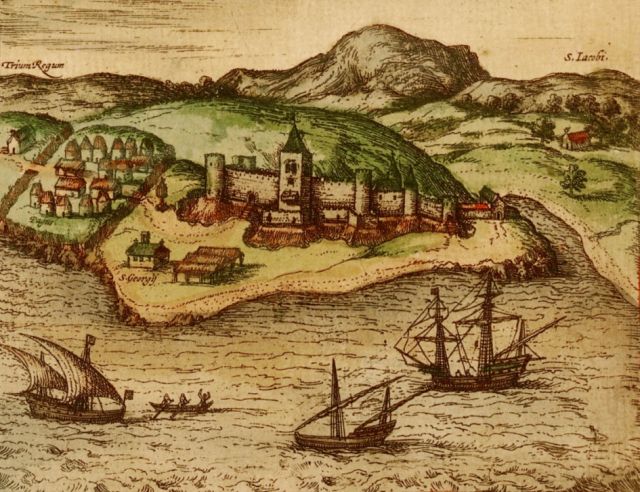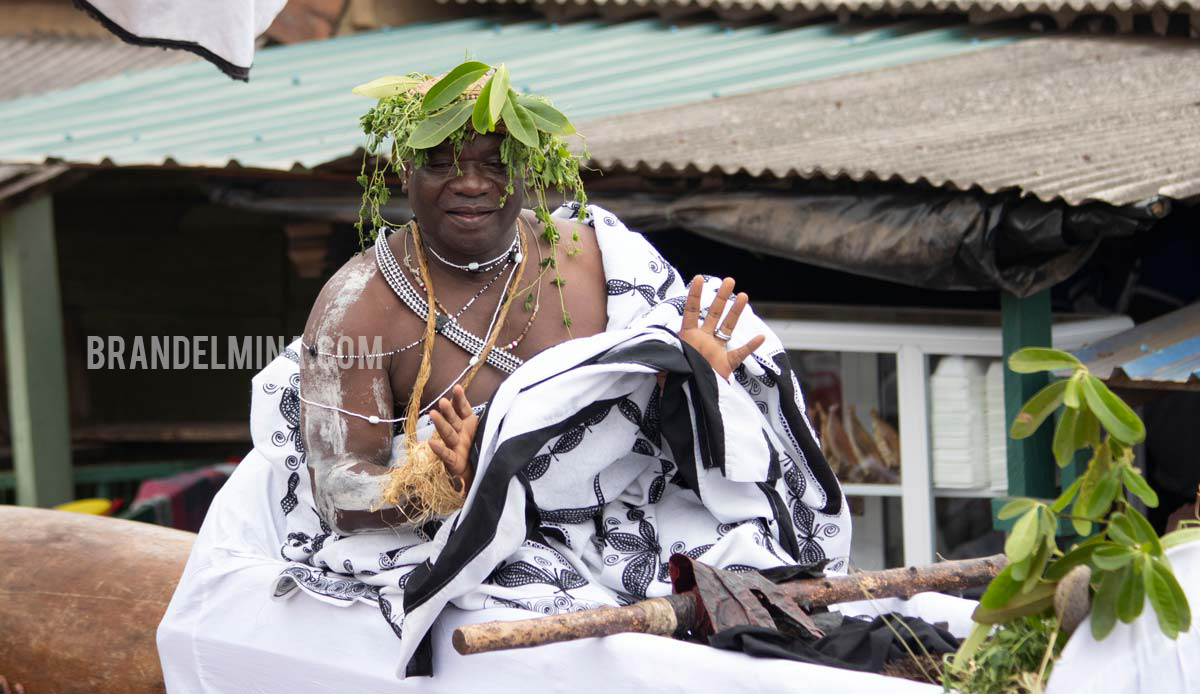Elmina
Brand Elmina is a pioneering heritage tourism organisation dedicated to showcasing the rich history, cultural heritage, and vibrant traditions of Elmina, Ghana. As a town that served as host to the Portuguese for 155 years, the Dutch for 235 years and the British for 85 years, Elmina played a pivotal role in global history. It became a central node in the Transatlantic Slave Trade and a link between European powers and the Asante Empire. Today, it stands as a symbol of resilience, blending the past with the present through its heritage spaces and enduring cultural practices.
Our mission is to preserve and amplify Elmina’s global slavery and colonial narratives while fostering sustainable tourism, education, and community development. By leveraging multimedia tools and local expertise, we bring the story of Elmina to life, ensuring its legacy is shared with global audiences.
What We Offer
- Heritage Tourism Experiences
- Walking Tours of Elmina: Explore iconic landmarks such as Elmina Castle, Fort St. Jago, and the Dutch Cemetery. Our tours delve into the history of slavery, colonialism, and the vibrant economic role of Elmina in linking Africa with the rest of the world.
- Cultural Immersions: Learn Ghanaian culinary arts through our traditional cooking lessons and participate in festivals like the Edina Bakatue Festival and Edina Bronya
- Multimedia Storytelling
- Through our YouTube channel, we curate and digitize Elmina’s slavery and colonial traces, offering rich narratives on its heritage spaces and cultural evolution.
- Educational and Research Services
- We support academic work with resources and insights into the historical dynamics of Elmina, from its role in the slave trade to its position as a critical economic hub.
- Custom-made Ghana Tours
- Beyond Elmina, we curate travel itineraries across Ghana, offering a blend of natural wonders, cultural highlights, and historical explorations tailored to individual interests.
We are also stewards of Elmina’s cultural legacy, curating insights into its historic landmarks such as Elmina Castle, the Dutch Cemetery, the mingling of European and traditional architectural styles, and traditional ways of life including fishing practices. These narratives, coupled with festivals like the Edina Bakatue Festival and Edina Bronya provide a deep understanding of how Elmina continues to honor its past while fostering progress.
Why Elmina Matters
The global history of the modern world in general and that of Ghana in particular—and indeed the African continent as a whole—cannot be told without Elmina. The town and the Elmina Castle as the oldest European building in sub-Saharan Africa was the epicenter of early African-European encounters that subsequently transformed the world as we know it today The town served as a strategic economic and cultural link, fostering trade between Europe, Africa, the Americas and Asia. Locally, the town of Elmina was a strategic node linkingthe Asante Empire with European merchants. Today, Elmina stands as a living museum full of traces, stories and rich narratives. Its historical landmarks and heritage spaces offer visitors a chance to reflect on the global history of slavery and colonialism reflecting its layered past while embracing its vibrant present.
Our Vision
To be the go-to global resource for Elmina’s global slavery and colonial narratives, heritage tourism, and cultural legacy, bridging the gap between past and present while fostering education, reconciliation, and sustainable development.
West African Slave Trade
From the outset, the Portuguese authorities determined that São Jorge da Mina would not engage directly in the slave trade, as they did not wish to disrupt the gold mining and trade routes of its hinterland with the wars necessary to capture free people and enslave them. Instead, the Portuguese had captives shipped to São Jorge da Mina from elsewhere, notably the Slave Coast (Benin) and São Tomé. São Jorge da Mina served as a transshipment entrepôt.
By the seventeenth century, most trade in West Africa concentrated on the sale of slaves. São Jorge da Mina played a significant part in the West African Slave Trade. The castle acted as a depot where enslaved Africans were brought in from different Kingdoms in West Africa. The Africans, often captured in the African interior by the slave-catchers of coastal peoples, were sold to Portuguese and later to Dutch traders in exchange for goods such as textiles and horses.

In 1596, the Dutch made a first unsuccessful attempt at capturing the castle, succeeded by a successful one in 1637, after which it was made the capital of the Dutch Gold Coast. During the period of Dutch control, new, smaller fortress were built on a nearby hill to protect St. George’s Castle from inland attacks; this fort was called Fort Coenraadsburg. The Dutch continued the triangular Atlantic slave route until 1814, when they abolished the slave trade, pursuant to the Anglo-Dutch Slave Trade Treaty. The captives were held in the castle before exiting through the castle’s infamous “Door of No Return” to be transported and resold in newly colonized Brazil and other Portuguese colonies. Up to 1,000 male and 500 female captives were shackled and crammed in the castle’s dank, poorly ventilated dungeons, with no space to lie down and very little light. Without water or sanitation, the floor of the dungeon was littered with human waste and many captives fell seriously ill. The men were separated from the women, and the captors regularly raped some of the helpless women. The castle also featured confinement cells — small pitch-black spaces for prisoners who revolted or were seen as rebellious. Once the captives set foot in the castle, they could spend up to three months in captivity under these dreadful conditions before being shipped off to the “New World”. An environment of harsh contrasts, the castle also had some extravagant chambers, devoid of the stench and misery of the dungeons only a couple of meters below. For example, the governor’s and officers’ quarters were spacious and airy, with beautiful parquet floors and scenic views of the blue waters of Atlantic. There was also a chapel in the castle enclosure for the officers, traders and their families as they went about their normal day-to-day life completely detached from the unfathomable human suffering they were consciously inflicting. In 1872 the British took over the Dutch territory and the fort pursuant to the Anglo-Dutch Sumatra treaties of 1871.
Culture
The people of Elmina are known for the celebration of two important festivals; Edina Bakatue and Edina Bronya. The Bakatue Festival celebrates the “opening” of Benya River, and is thus closely connected to the main economic activity of fishing. Edina Bronya is also called the Elmina Christmas. Bronya is actually a Libation Day during which ancestors are remembered.
Edina Bakatue
Bakatue is more than a festival, it is the very embodiment of the people of Elmina, it holds their history, culture and heritage. During this time the true meaning of being an Elminian is brought to bare through the abundant display of the rich culture and history of the people. Bakatue is about fostering unity, bonding and giving thanks to God the creator, our ancestors and to offer sacrifices to appease souls of the departed who the living still count on for blessings and to chat a path to the future.

Getting Around
Within Elmina, shared taxis are very common. The main taxi and tro-tro station is outside the Wesley Methodist Cathedral. From here you can catch a tro-tro to Takoradi or passenger taxi to Cape Coast. You can also get around town via bicycle. Elmina can be termed as Ghana’s number one historic destination sites due to its role in the trans Atlantic slave trade and also the first point of contact with the western world. Its best to learn about Elmina via a bicycle tour or a walking tour.
Accommodation
As Ghana’s tourism hub Elmina has a lot to offer when it comes to accommodation ranging from budget hotels to the high end depending on your budget. For a full list of hotels available in Elmina please check out our listing page. Also to help you enjoy your stay in Elmina we have compiled the Top 10 Things to do in Elmina
